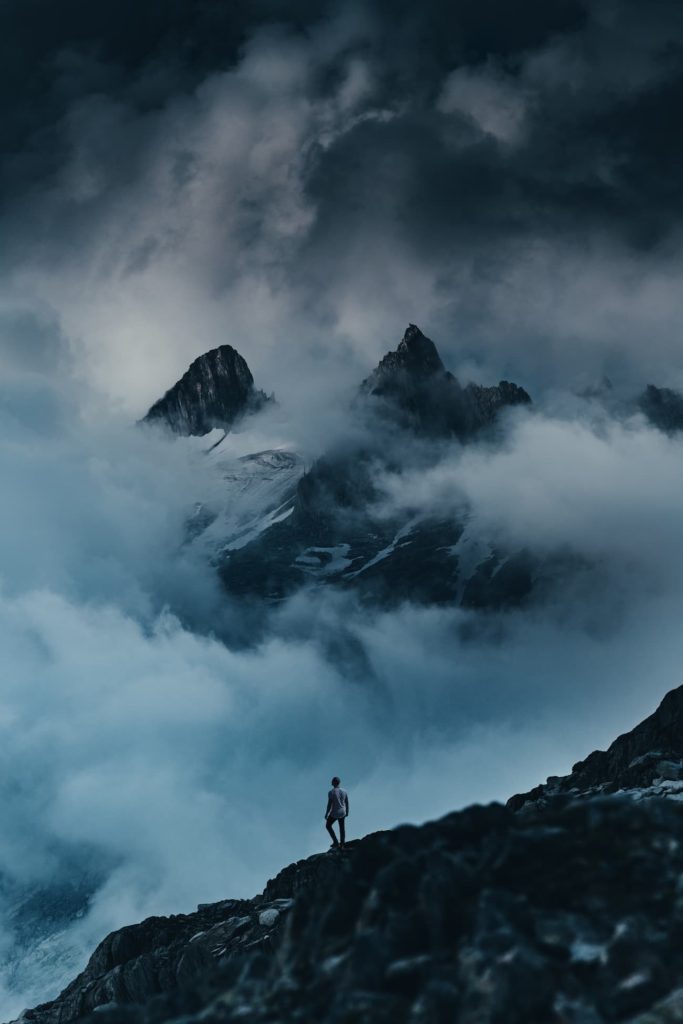
© 2020 Nomadict. All rights reserved.
As far as I remember practicing photography, it has always been a matter of rendering the ordinary lights, energies, rhythms and textures in which human life, experiences and emotions take shape.
I began with photography in 2005, mostly because of skiing and snowboarding. These are sports in which both photographer and riders are looking for particular experiences to arise from their interaction with versatile elements like snow, wind, temperature or light. This interaction creates unique scenes full of energy, and, in that sense, taking pictures of skiing and snowboarding has always being a question of capturing moments showcasing what is manifested in that particular moment when human, element and action come together, such as waiting, walking, freezing, struggling, adjusting, being afraid, doubting, messing around, being disappointed, suffering as well as enjoying being there in the mountain and descending while playing with snow and finally, viewing the images we have just produced.
While I started shooting ski and snowboard, I also started studying social and political sciences at Lausanne University, Switzerland. I remember how much admiration and envy I felt while looking at photos from Magnum photographers such as Robert Capa, Henri Cartier Bresson, Martin Parr, Larry Towel or James Nachtwey (who left Magnum agency in 2001 to found VII agency). Those photographers, among others, made me realize how much photography could be understood as a form of political involvement and expression. Nevertheless, it took me years and a PhD thesis in anthropology (that is still in process) to acknowledge the relation between taking pictures of what can be considered as futile or even selfish human practices (such as snowboarding, skiing or hiking) and the political gesture of capturing and rendering them.
What I am suggesting here is that what we call “political” is not only about denouncing and protesting (against social inequalities, for instance). It is also about going beyond the limits, looking beyond what we know, stepping out of our comfort zone, approaching alterity, being thirsty and curious about what different ways of living, doing and thinking could teach us, and how they can help us to live our best life, the one that suits us the most, the one we are claiming for. In other words, what could and should also be considered as political is our responsibility to make human life flourishing, to open the possibilities, to show different and valuable ways of living, to share with each other our dreams and the way we realize them, to support human imagination and creativity, to give hope and to trigger desires.
As a social anthropologist, I resisted (and I am still resisting) the idea that I am a scientist that just captures (social) reality to explain it. More than an anthropologist, I am a human being and a citizen that participates in giving shape to the world I live in. This is the same about being a photographer. Photography should not be only thought of as a way to capture realities and raw facts, it can also be seen as a tool to build our world and transform our life; a tool that produces particular situations and experiences that could make us vulnerable, and that could participate in one way or another in finding our own path, voice and forms of expression.
As photographers can hide behind their camera, looking at the world with a certain distance through the lens of (expensive) equipment, it could sound astonishing to think about photography as a tool that can make us vulnerable (rather than a tool that reflects and reproduces objectively inequalities and privileges). The fact is, that vulnerability cannot be reduced to a question of economic wealth, vulnerability is always produced in unforeseen situations. For instance, when someone refuses to be photographed or when elements of the environment do not align as expected. Thus, vulnerability was here to challenge the will of a photographer to master the process of image production and their attachment to a precise idea of the picture they want. To compose with the versatility of realities, photographers often need to follow their creative intuition to find new ways of doing.
It was last summer that I learned how vulnerable photographers are in that sense and how much I have been lucky to assist and capture images of a storm in 2011. It is quite funny that the photo from 2011 has been selected for the Best of the Week, because I tried to “reproduce” the experience last summer and I learned that a lot of conditions have to come beneficially together to get pure and clean lightning like I witnessed in 2011. Storms happen every summer on the leman lake, but this summer, due to the very wet, windy, and electric conditions, we had a lot of grail storms and what looks like tropical rains. In those conditions, lightning does not come out in front of the storm, before deluge. They happen within it. Consequently, they appear hazy. Moreover, they do not strike from the sky to the water, but horizontally. However, the clouds and rain behave like conductors. I knew that because I witnessed it several times last summer before trying to go back to the same place to do the same kind of shot, unsuccessfully.
Nevertheless, this summer attempt reminded me of the same energy and sensations I felt in 2011. Because of MeteoSuisse radar, I knew by the end of the afternoon that a huge storm was coming around 10 pm – just enough time after the sunset to be able to do long exposure at night, so I decided to try my luck. When I arrived, just like in 2011, I put my camera (a Nikon D3 in 2011 and a Nikon D800 in 2021) on a tripod and I waited to see the storm coming. As in 2011, the wind arrived first, giving me goosebumps because of the intensity. In 2021, I was mastering long exposure and night photography much more than in 2011. Unfortunately, technical knowledge and experience do not prevent us from being vulnerable to meteorological conditions. In 2011, I had to adjust the frame of the photo because I did not have the material to check the alignment with the horizon. I shot by mistake in .TIFF rather than in .RAW format (which never happened to me), and I shot a hazardous 30-second exposure without thinking that many lightnings could be printed on my sensor at the same time.
I need to be there, as much technically prepared as I can, but in the end, creativity and magic happens way beyond technique (at least during shootings).
The proposals that are contained in this text could sound romantic and idealistic, and the considerations above could easily be qualified as a discourse coming from the mouth of a lucky academic white man who is completely disconnected from reality, and this is partially true. But this is not a reason to reject the favorable along with the unfavorable. Photography can be seen as a powerful tool to struggle against cynicism, fatality, powerlessness and individual tragedy. And this is what really matters the most to me.
Would you like content like this sent to your inbox?
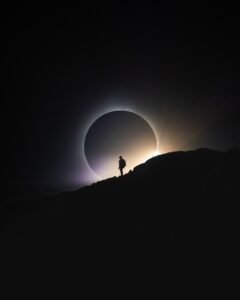
In this article, we delve into the journey of Medhi, exploring his evolution from a young creative mind in Morocco to a seasoned photographer and VFX artist making strides in Canada’s diverse landscapes. From early inspirations drawn from visual arts and travels to the professional challenges and creative triumphs encountered along the way, Medhi shares insights garnered through years of dedication to his craft.
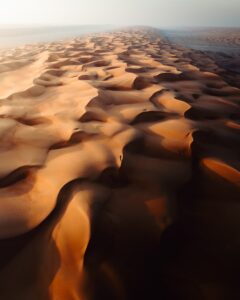
In this article featuring Witold Ziomek, we explore five essential principles for crafting powerful sunset dune photography through editing. Through a practical example, Witold shares his process of editing his award-winning photograph, alongside valuable insights he has gained as a dedicated traveler and photographer.

This article chronicles Mitchell Leong’s journey, who found solace and purpose through his lens. From the rugged expanses of the Canadian Rockies to the ethereal allure of starlit nights, each photograph tells a story of resilience, exploration, and the profound impact of the natural world. Through his lens, he seeks to bridge the gap between science and art, using photography as a tool for conservation and storytelling. Along the way, he shares invaluable lessons learned, from embracing fear to trusting in the power of storytelling.
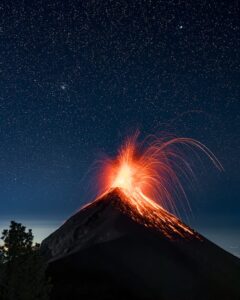
This article follows Phil’s path as a photographer, sparked by his unwavering love for exploration and ignited during post-university travels. Through his lens, we traverse Phil’s transformative journey across captivating landscapes, from the rugged beauty of the Canadian Rockies to the fiery spectacle of Volcán de Fuego in Central America, where he captured the winning shot.
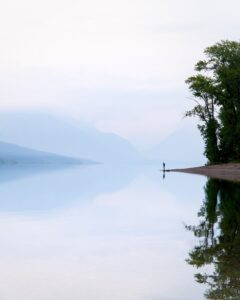
In this article, we delve into the journey of photographer Amirali, whose passion for photography was ignited amidst the challenges of academic life and the chaos of the pandemic. Through his lens, we witness Amirali’s transformative exploration of landscapes, from the serene landscapes of Finland to the mystic scenes of Montana’s nature, where he took a shot that won the Best of the Week.
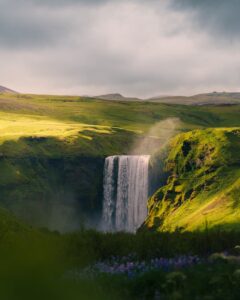
Inspired by a newfound love, Michael transforms the blank pages of his life into a vibrant canvas of nature and exploration. In this article, you can read about the profound lessons learned—from prioritizing living over routine to the art of editing and the magic of impromptu adventures—and witness the evolution of a photographer’s passion amid the breathtaking landscapes of Denmark and Europe.
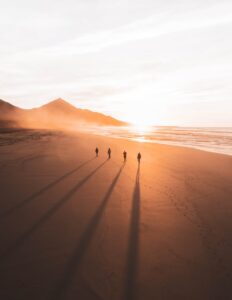
In 2017, Mathieu Morel’s first trip to Iceland marked a turning point in his photography journey. His photograph taken at Cofete Beach in Fuerteventura reflects the lessons he’s learned along the way. Thanks to the support of our community’s votes, he emerged as the winner of our weekly contest.
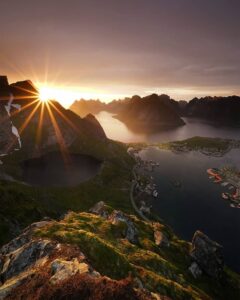
Barbara Thoeny won our weekly contest thanks to a golden hour photo in the beautiful Lofoten Islands. This article teaches us about her winning shot, passion for capturing the northern lights, and most valuable experiences as a solo traveller and photographer.
© 2020 Nomadict. All rights reserved.
